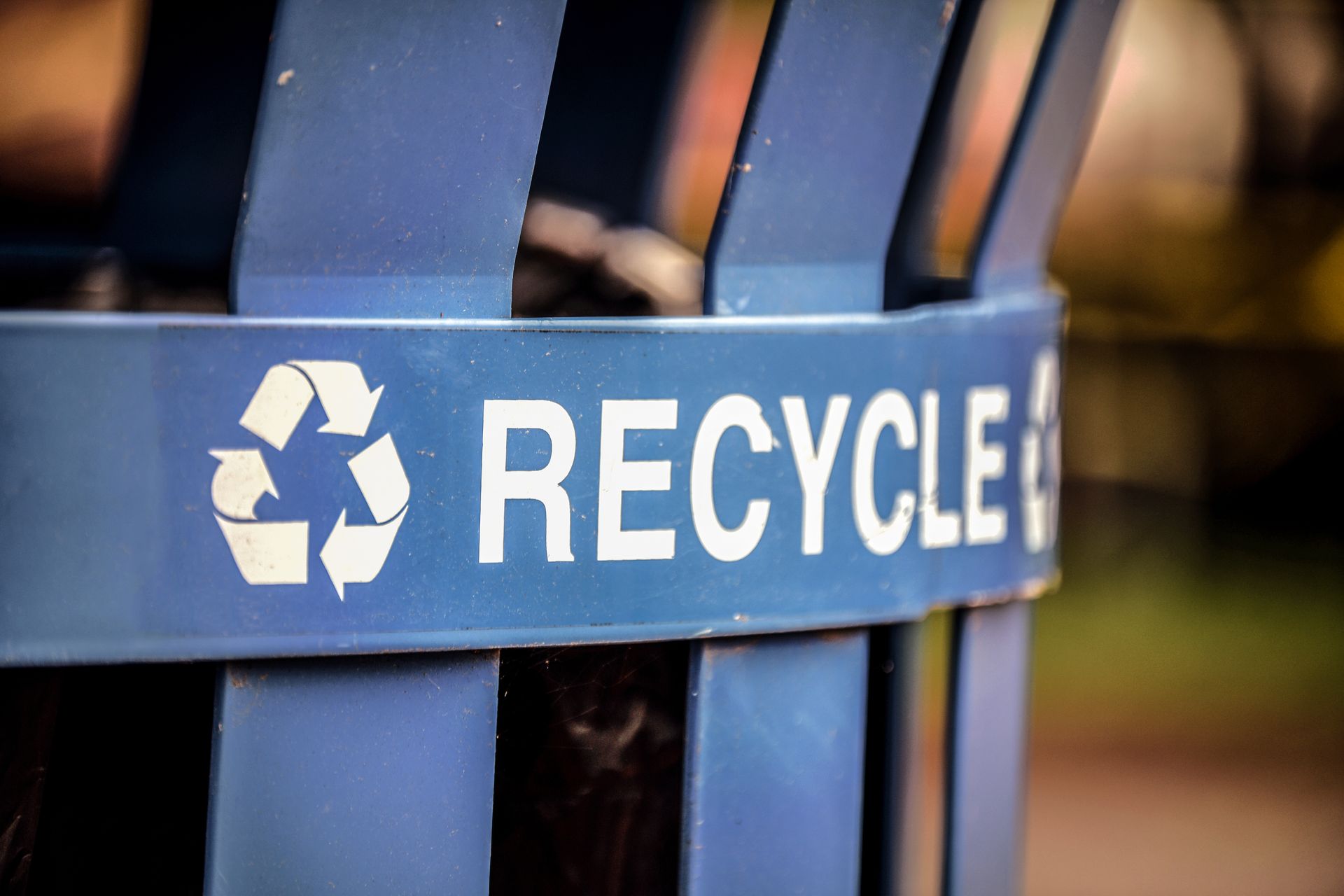ANSWERED: 10 Crucial Waste and Recycling Questions
We get asked a lot of questions about trends in the industry, common issues program managers face every day, and what it would take to get to a solution. It's time for some answers.
We sat down with our CEO, Roger Barlow, and posed these questions to him. Read on for an illuminating Q&A where he discusses the issues the industry is facing today and how to get ahead.
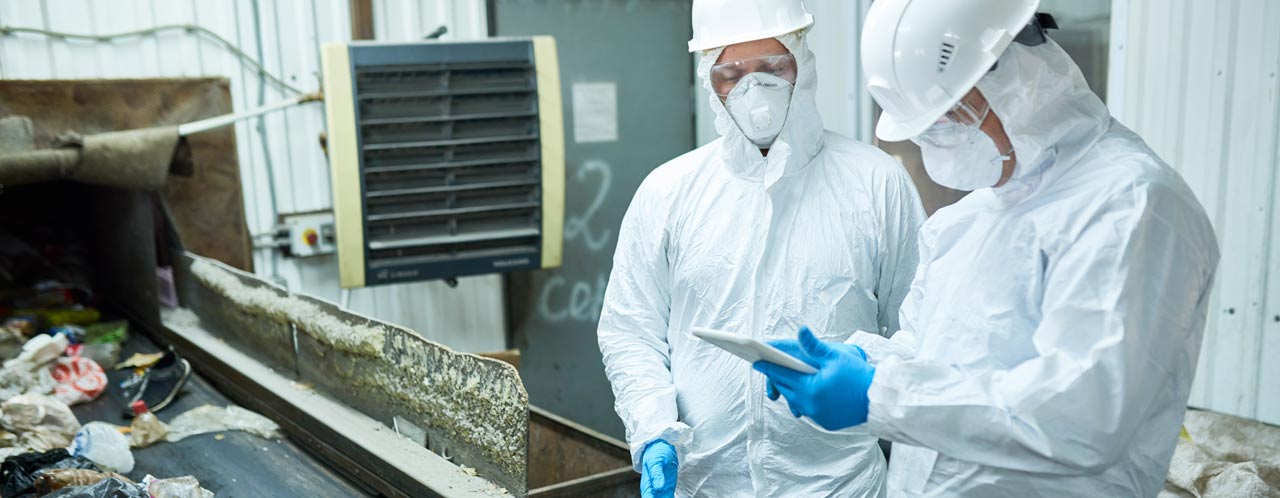
Q1: What issues and challenges do today’s recycling and waste management organizations face?
Today’s organizations are busier than ever, and at their core, they need to be able to run their programs and operations quickly, easily, and effectively.
They also need to:
- have visibility on every aspect of their process so they can track and measure their material flows
- know how they stand against their performance goals and recovery targets at any point in time
- be able to generate audit-ready proof of all of this
Regardless of how they’re managing these requirements today, most are struggling in at least some of these areas – and some are being challenged across the board.

However, most organizations simply don’t know that there are better ways to manage their operations, ones that will improve productivity in their programs, maximize revenue, cut costs, and save time, while ensuring high-quality data if they need to build reports. They just aren’t aware of what’s possible.
Q2: How are the recycling and waste management organizations managing—or attempting to manage—their programs and operations today? Are there concerns with how they are doing it?
Many organizations are using their own custom-built software or are relying on outdated paper processes to run their programs, and as a result, they are struggling to maximize productivity and revenue.
They’re also struggling to have visibility and track their performance against their goals.
For example, if a recycling organization knows they have to collect, haul, and process a certain tonnage of recyclables by the end of the year, they need to know continually throughout the year where they are against that goal.
Manually analyzing the data to calculate performance is error-prone and time-consuming – which is especially concerning when you have a deadline approaching.
After all, it doesn’t help much to know how you’re performing against your goal or recovery target in November if you need to meet it in December. Organizations need to know the health of their programs at any time of year, so they can course-correct as they go.
These are real, practical problems that are making the lives of those in the waste and recycling management industries harder, while also negatively impacting legislation. (Read more about this impact in Q6)

Q3: So, given all of this, how are recycling and waste management organizations seeking to be and to do better?
Well, that’s just the thing. They are all making do, and quite frankly, they’re doing the best that they can. Again, many just aren’t aware of what is possible today.
And at Diversys, that’s our goal: to redefine what is actually possible in this industry.
This is actually very exciting, because now it is possible to run programs and operations like never before.
We give our users the ability to:
- Go paper-free, so they can use e-manifests to eliminate errors, unnecessary costs & slow processes
- Get full visibility and rely on real-time accurate data, fully traceable to each transaction, so they can meet their ESG, EPR, or GHG reduction goals
- See live results, so they can monitor performance in real time with live dashboards and reports
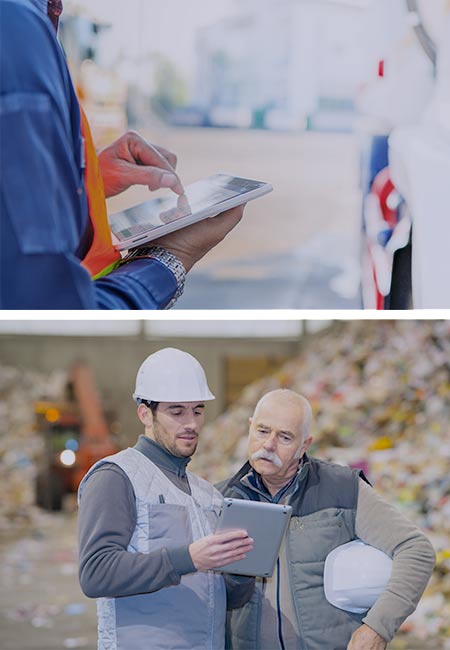
We’re constantly adding new features and functionalities to the platform so users can gain even more visibility, save time through automatic analysis and error/fraud-elimination, and have complete confidence in their program.
Q4: Having complete confidence in your program sounds like a tall order! What are some "best-in-class" ways to manage programs to get to that complete confidence?
Getting to that best-in-class solution starts with assessing your confidence in your current program. So, you can start by asking:
- Do you have confidence in your ability to track the flow of your materials easily and in real time?
- Are you meeting your goals? Are you reaching your landfill diversion or GHG reduction targets?
- Is your business’ long-term ESG strategy on track?
- Are all your in-field activities visible to you right away?
- Can you easily manage your relationships with your participants (like haulers, processors, drivers, etc.)?
- Can you fully trust your data and rely on it to make major decisions for your business?
- Are you sure you’ll meet your performance or recovery targets for this month, quarter, or year?
A best-in-class solution would let you answer confidently to all of the above.
Imagine having that confidence because you have access to all the information you need, any time. At Diversys, that’s what gets us excited, because that is possible today. It may sound simple, but it’s remarkably powerful – and it gets to the heart of what this industry really needs.
Q5: How does it do that? What are the core elements that the industry really needs to redefine what’s possible?
Very simply, the industry needs four key things:
1. All recycling and waste activities need to be digitally tracked
2. All aspects of managing the program need to be easy to perform on a single platform
3. Reporting should be quick to produce and easy to access, and irrefutably accurate
4. Every step of the program should be underpinned by high-quality, accurate data that is available anytime, anywhere
And while data is really key here, it’s one of the things that’s been a challenge in this industry for a long time.
Q6: The need for better data is something you understand well. Why does the industry need better data? What’s wrong with the data we have now?
Very simply: unreliable data coming in from “the field” (meaning, the people doing the actual work of collecting and processing recyclables and waste) means organizations are reporting on their activities unreliably, means legislation is built around faulty data, means we don’t know what this industry is truly capable of or how well we’re actually moving towards a circular economy.
On the other hand, solid, reliable data increases the capabilities of the industry, ultimately (and demonstrably) leading to a waste-free world. Today’s leading-edge tools have built-in safeguards to ensure that data is accurate from the time it’s collected to the time it’s used. More organizations need to take advantage of this.
Q7: What makes data from in “the field” unreliable?
Most waste or recycling management organizations use paper forms to track the activities happening in the field - like picking up materials from a collection point and dropping them off to another site. The information from these forms is manually entered into a data management tool (like Excel) or a software tool that was custom-built for that organization.
There are dozens of problems that come from managing a program this way:
- Illegible or lost forms
- Delays
- Lack of safeguards against error and fraud, resulting in...
- Information that is not reliable, irrefutably accurate, or traceable.
For organizations that need to report in detail on their activities and prove that they’ve accomplished as much as their claiming, this can be a real challenge.
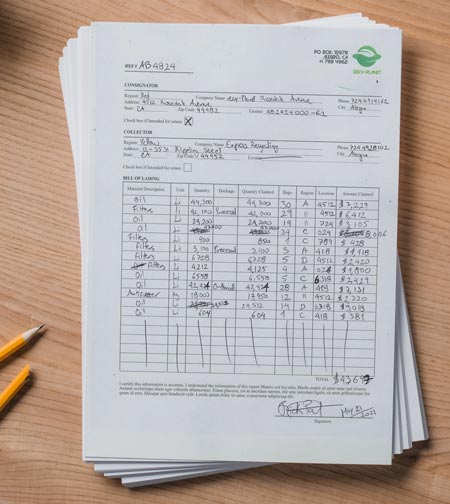
And this faulty system makes the day-to-day work of the recycling or waste management organization unnecessarily complicated: whether it’s reporting, KPI tracking, or payments, everything relies on that information being 100% accurate.
Without that accuracy, there are serious consequences for productivity and the organization’s bottom line. That’s why many organizations struggle and waste time simply trying to verify data.
Q8: So, if data from in the field is unreliable, and even custom software solutions don’t necessarily give organizations all the tools they need to manage their programs well, what is the solution?
This is precisely why we built Diversys, a SaaS platform that organizations can start using right away to manage their programs with confidence. Rather than wasting time with paper forms or outdated software, Diversys’ uses a mobile app to track all the waste or recycling activities happening in a program.
This completely changes the game. Once a mobile app is in the users’ hands, this means:
- Errors and fraud can be eliminated at the source, so you’re left with 100% reliable data
- Security is no longer an issue
- There are no more delays to you receiving information
- Payments can be processed on time
- If there are any issues, they can easily be traced back to the source and corrected

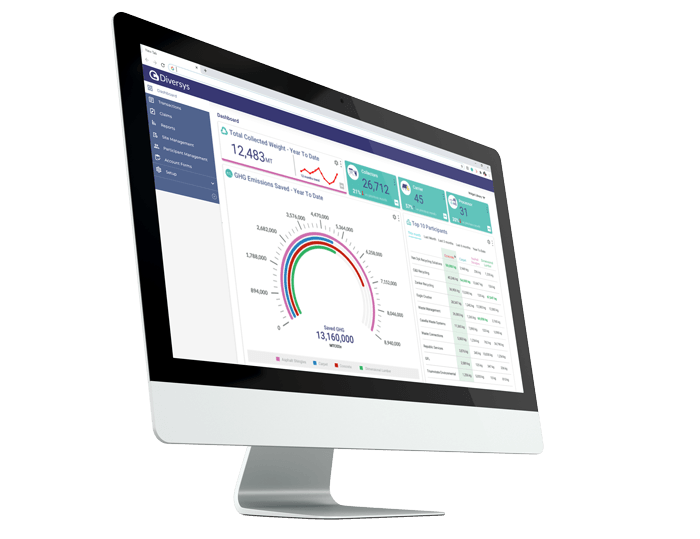
All the information from the mobile app feeds into the web portal – where users log in to manage their programs. In addition to a host of management tools (such as tools for managing invoicing, participants, and waste products), there is also the really cool stuff.
These are the things that get our customers excited, like:
Live data visualization

Users can create dashboards with widgets specific to their business requirements and get an instant picture (visualization) of how they're progressing towards their goals in real-time.
Our customers can also view and analyze anything from users and transactions to volume or weight of collected materials and greenhouse gas (GHG) emission reduction. They can easily add or change widgets in their dashboards depending on their needs.
At the end of the day, it’s super easy to get a complete picture of how your program is performing holistically.
Super detailed, fine-grain visibility
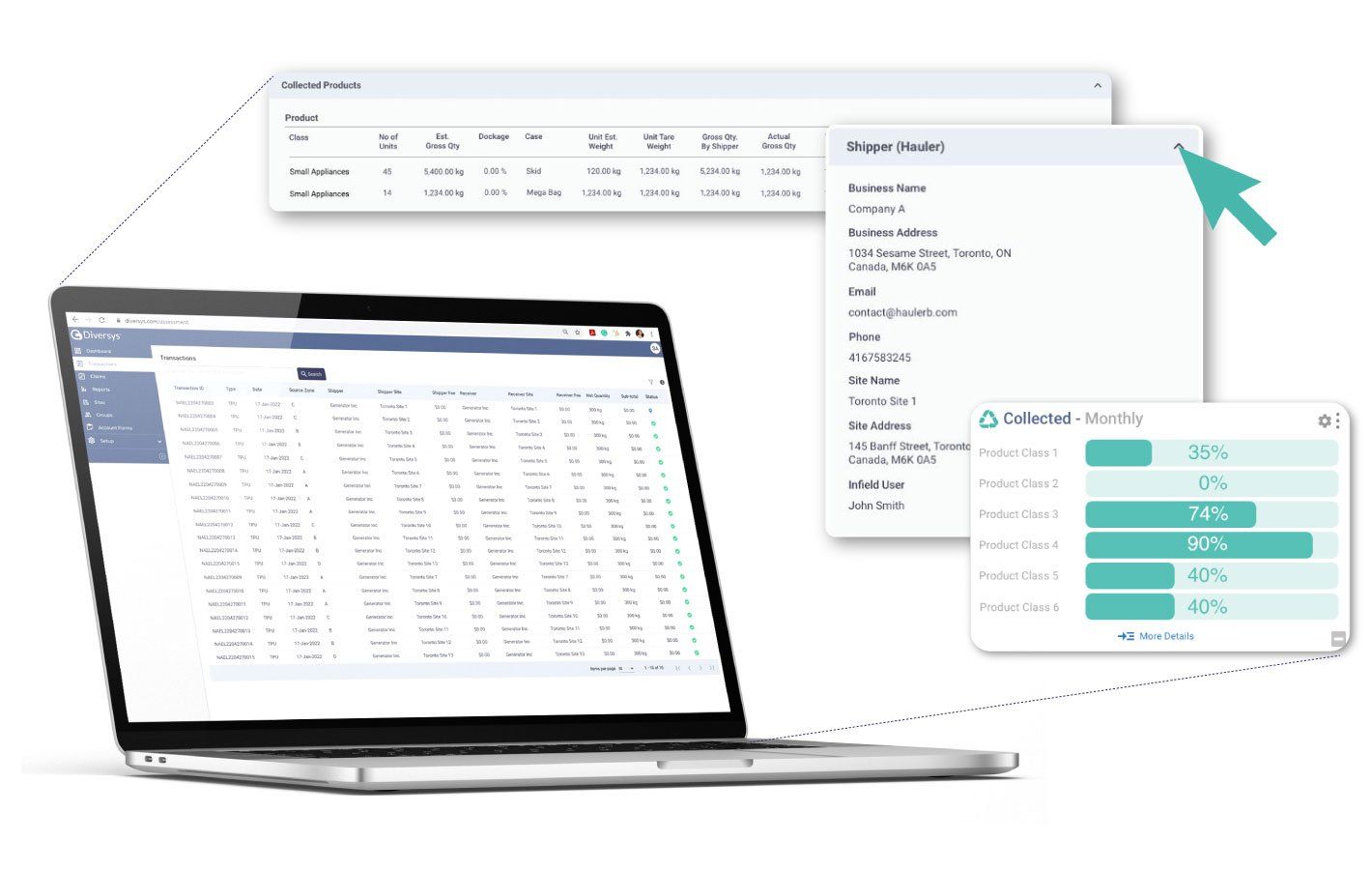
Our platform gives users the ability to digitally track and measure everything —from specific diverted waste by unique material to the performance of specific haulers, processors, and other program participants—to set and track progress towards their targets.
This kind of visibility lets users trace issues and errors that are skewing their data – so they can correct them right at the source.
Using this type of visibility with their dashboards, our customers can get a historical or real-time image of every single thing happening in their program, both from a high-level performance view and a detailed view.
Real-time reports
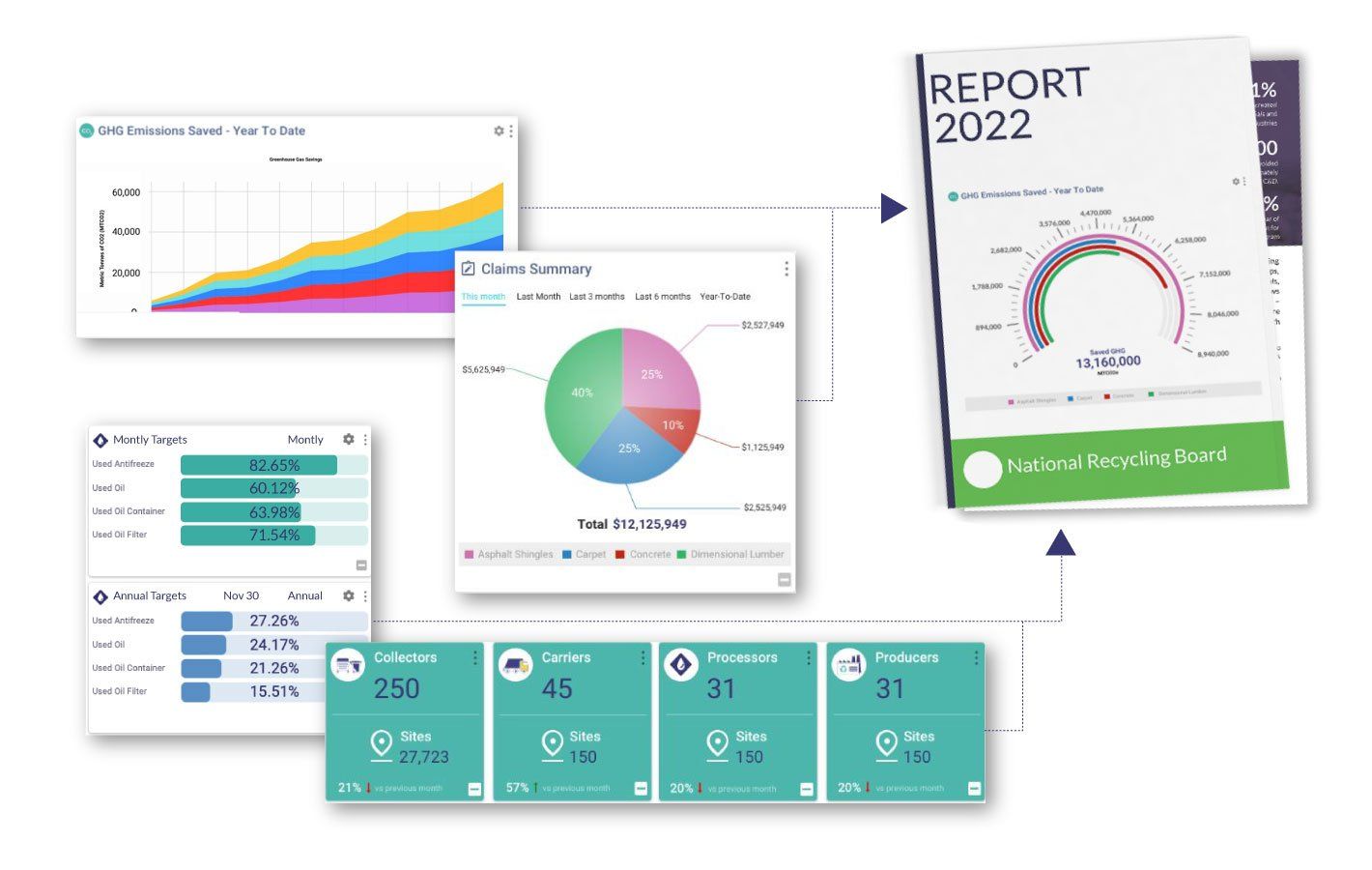
Users can show results and progress towards goals with a few mouse-clicks: they can create reports using current (not outdated) data to track, measure and showcase their progress.
Report can be created on anything from inventory, transactions, volume of waste collected and diverted from landfill or greenhouse (GHG) emission reduction.
These are things organizations in the industry previously had no access to – so it’s an exciting time to be exploring what’s possible in the industry.
And this is just the tip of the iceberg – the Diversys platform has so many features that completely revolutionize our customers’ programs.
Q9: You say this platform is revolutionary, transformational, and redefines the world of the user. How is Diversys transforming the operations of those using the software?
Transformation happens through optimization. By managing every single step of their recycling or waste program through Diversys, our customers are optimizing every single thing they do. They are not wasting time double-checking their data; the software does that for them. They’re also never uncertain about how their programs are performing or if they’re maximizing productivity; they see that automatically, any time they log into Diversys. The platform does the heavy lifting, eliminating labour-intensive work for our customers.
This means our customers are no longer derailed by time-consuming tasks and minutia. Their work is transformed, because they suddenly have freedom to focus on what really matter for their businesses: making strong decisions based on reliable data, identifying and fixing problem areas in their processes that are blocking productivity, and providing reliable reporting that actually moves us all towards a circular economy.
Q10: How would an organization know if Diversys can help them?
At Diversys, we really want to be the partner that helps organizations determine what they need to do to embrace transformation, whether they are private sector recycling or waste management firms, government entities, producer responsibility organizations, or product stewardships. You can talk directly to one of us, and we can really get into the details of your unique program. Whether you want a better way to manage your program or you’re curious about what’s now possible in the industry, we’re happy to chat more.
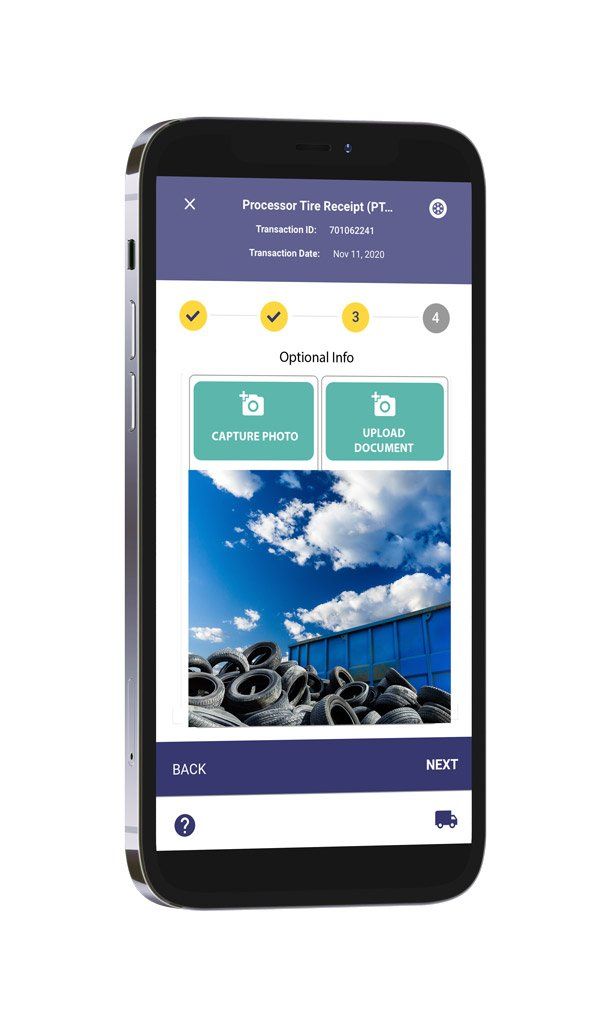
About Diversys
Diversys is proud to have its roots in Ontario, Canada - a province widely recognized for its leadership in EPR and sustainability. Since 2019, we've been dedicated to creating innovative software solutions that drive progress toward a world without waste.
Our story is a testament to the power of hard work, customer loyalty, and big ideas. We are committed to empowering organizations with the waste recycling software solutions necessary for achieving a sustainable future. Our cutting-edge software platform is helping organizations achieve their ESG goals, meet reporting obligations, and improve operational efficiency for their recycling programs.
Our commitment to delivering world-class solutions that drive meaningful progress towards waste reduction and a more sustainable future is unwavering. Our team of industry experts is ready to help you navigate the rapidly-evolving waste management landscape as we progress toward a circular economy.


